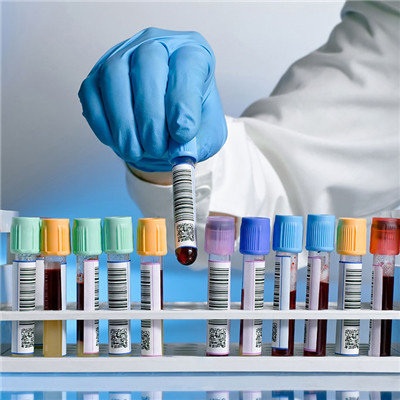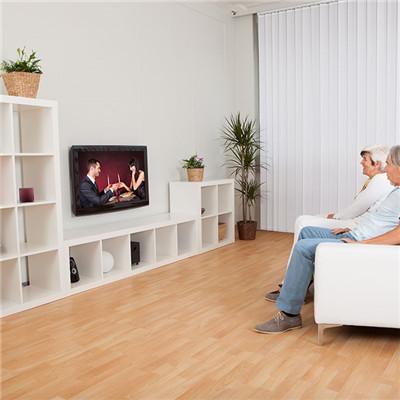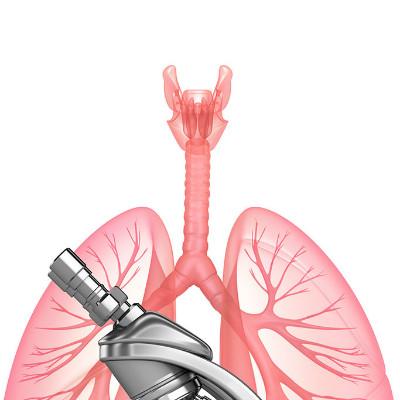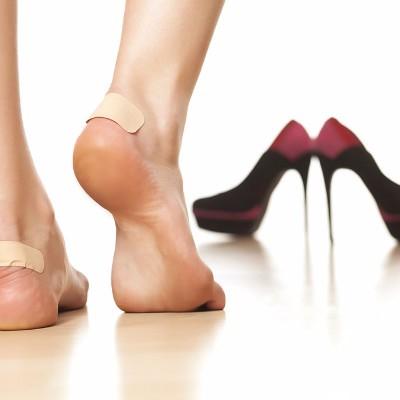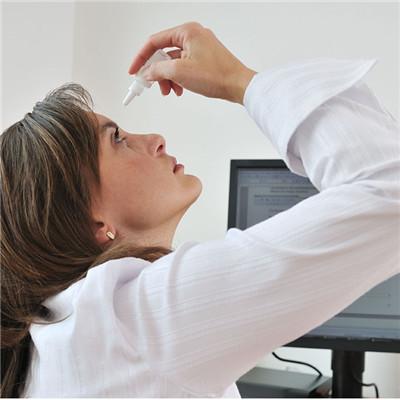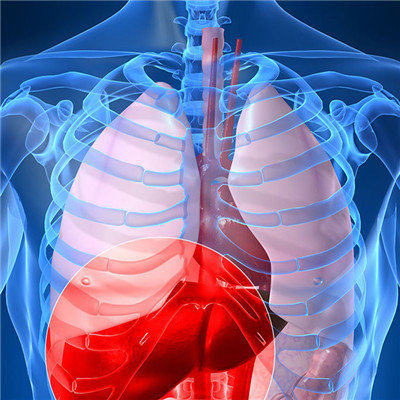Symptoms of nerve compression caused by lumbar disc herniation
summary
Many people think that lumbar disc herniation is a kind of low back pain, which does not cause great attention and ignores the harm of the disease. Lumbar disc herniation can compress nerve roots, causing a series of low back and leg pain and other symptoms caused by nerve compression, and even paralysis and incontinence. Does lumbar disc protrude oppressive nerve symptom? Let's talk about it
Symptoms of nerve compression caused by lumbar disc herniation
Pain in the back. More than 90% of patients with lumbar disc herniation will have low back pain. Because of the protrusion of nucleus pulposus, the pain caused by the compression of nerve root or spinal nerve at the same time, the patients' low back muscle spasm will aggravate the pain.

Radiation pain of lower limbs. The protruding nucleus pulposus compresses the nerve root, causing the patient to feel the pain around the sciatic nerve. At this time, the patient can move a little, such as coughing, sneezing, etc., which will aggravate the lower limb pain due to the increased abdominal pressure. After rest, the pain was alleviated. Most patients used lateral position and flexed the affected limb. In some severe cases, they had pain in various positions, so they could only bend their hips and knees on the bed to relieve the symptoms.

Scoliosis. Most patients with lumbar disc herniation have different degrees of lumbar scoliosis. The direction of scoliosis can indicate the relationship between the position of the protrusion and the nerve root. The temperature of affected limb decreased. Many patients with lumbar disc herniation feel cold in the affected limb. It is found that the temperature of the affected limb is lower than that of the healthy side. The pulse of dorsalis pedis artery in some patients is weak, which is caused by the stimulation of sympathetic nerve.

matters needing attention
Suffering from lumbar disc herniation should be as soon as possible, as soon as possible, scientific treatment. This is what patients need to pay attention to. Once they find symptoms, they should see a doctor in time. Do not treat blindly, avoid "thousands of people with the same method", according to the individual situation, combined with treatment technology, to develop a reasonable treatment plan.
